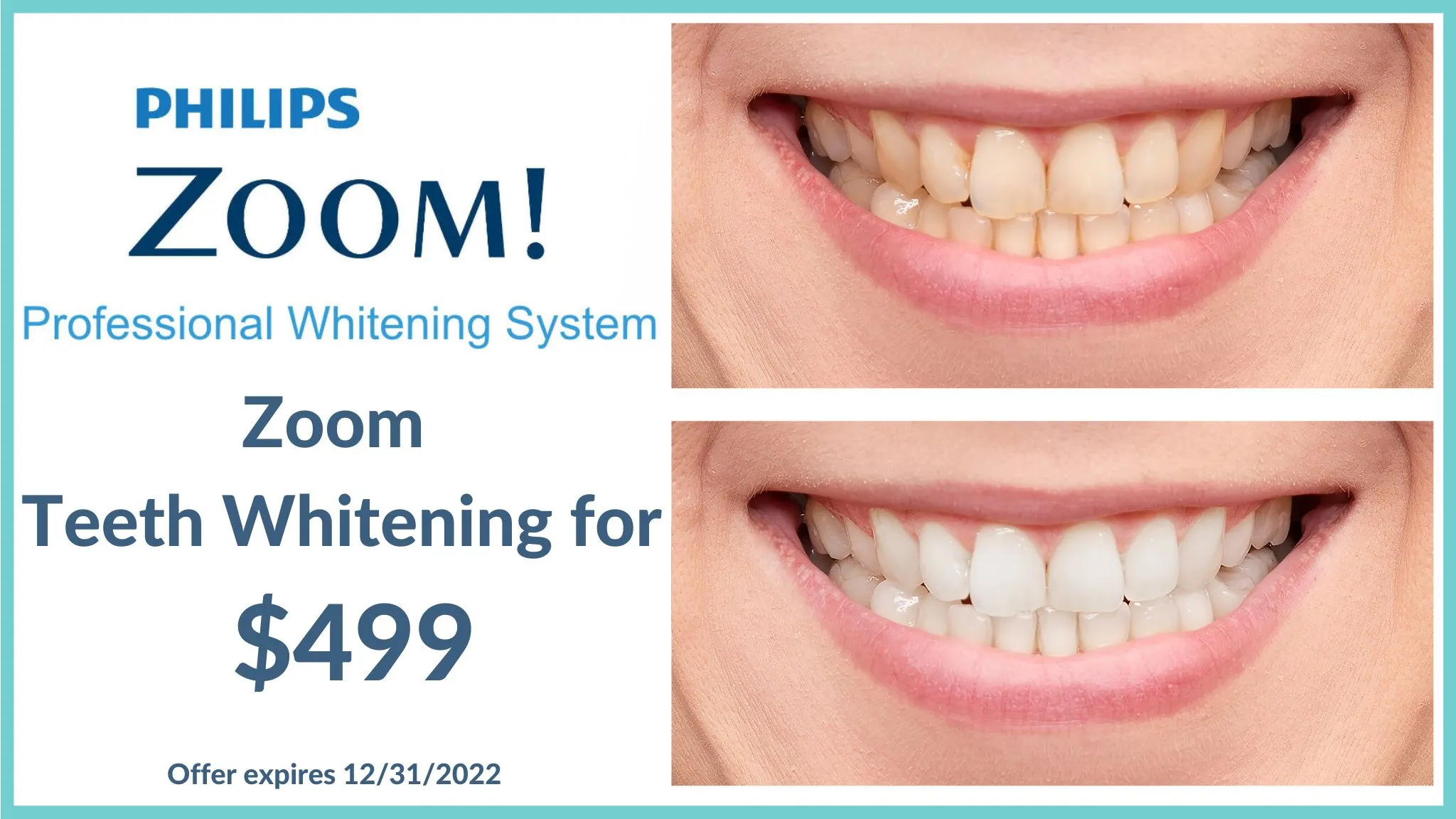Understanding Blotchy Teeth After Zoom Whitening
Zoom whitening is a popular in-office procedure designed to brighten your smile. However, sometimes, the results aren’t perfect, and blotchy teeth can occur. This discoloration, characterized by uneven patches of white or lighter shades on the tooth surface, can be a source of concern. Understanding the causes behind this issue is the first step in addressing and preventing it. This article delves into the specifics of what causes blotchy teeth after Zoom whitening, providing insights into the process and how to manage any adverse effects. The goal is to equip you with the knowledge to make informed decisions and ensure the best possible outcome for your teeth whitening experience.
What Causes Blotchy Teeth After Zoom Whitening?
Several factors can contribute to the development of blotchy teeth after Zoom whitening. These causes often relate to the procedure itself, the condition of your teeth before treatment, and how your teeth react to the whitening agents. Identifying these causes is important for both prevention and treatment. It is crucial to understand that while Zoom whitening is generally safe and effective, these potential issues can arise. The dentist’s skill, the patient’s oral health, and the specific method used during the procedure all play critical roles in the final outcome.
Improper Application of Whitening Agent
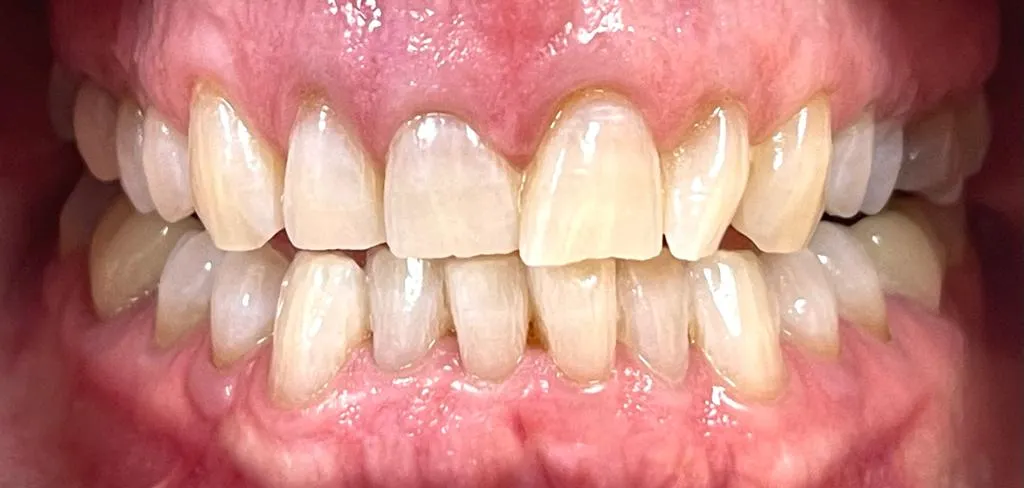
One of the most common causes of uneven whitening is the improper application of the whitening agent. If the dentist does not apply the gel evenly across the tooth surfaces, some areas may be exposed to more concentrated doses than others. This uneven distribution can lead to some spots becoming significantly lighter than others, resulting in a blotchy appearance. It is, therefore, important to choose a dentist experienced with Zoom whitening, who can ensure an even application. The technique and precision used are critical to achieving a uniform and desirable result.
Uneven Tooth Surface
The natural texture of your teeth can also contribute to blotchiness. Teeth are not perfectly smooth; microscopic irregularities can affect how the whitening agent penetrates the enamel. In areas where the enamel is thinner or has subtle variations, the whitening may be more intense, resulting in a mottled appearance. Prior to the procedure, a dentist might recommend treatments that smooth the tooth surface to improve the likelihood of an even result. This also highlights the importance of a comprehensive evaluation before starting the whitening treatment to ensure all potential factors are considered.
Dehydration During the Procedure
Dehydration of the teeth during the Zoom whitening process can also lead to blotchiness. When teeth become dehydrated, the enamel pores open, allowing the whitening agent to penetrate more deeply and unevenly. This can cause some spots to appear brighter than others. Dentists typically use methods to manage moisture levels, but careful attention is needed to keep the teeth properly hydrated. The procedure’s success partly depends on maintaining a consistent moisture level, which helps the whitening agent work uniformly. Drinking water during the process is often encouraged to help prevent this issue.
Pre-existing Dental Conditions
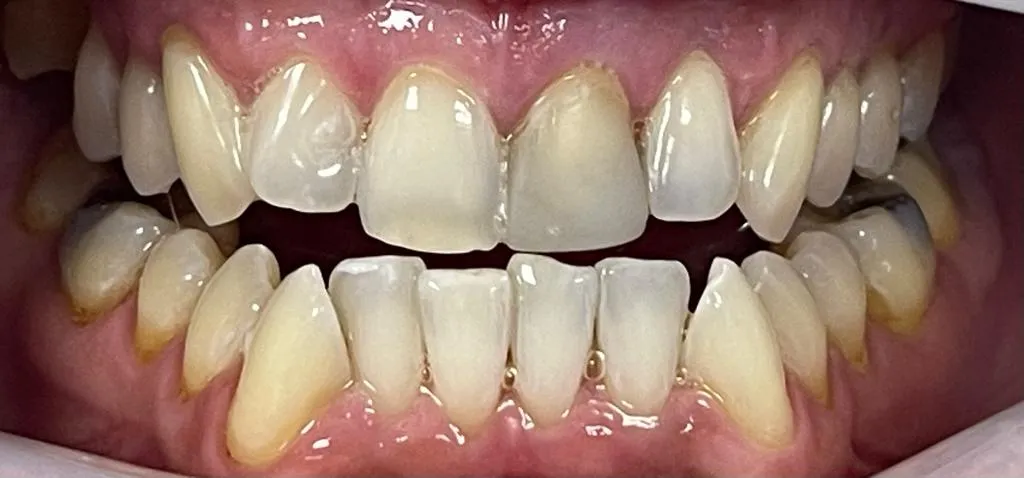
The presence of pre-existing dental conditions, such as fluorosis, tetracycline staining, or other discolorations, can make blotchiness more likely. These conditions often cause uneven staining of the enamel, and whitening treatments may not affect these areas the same way as the surrounding teeth. Your dentist should conduct a thorough examination before the procedure to identify any conditions that could affect the outcome. In such cases, alternative whitening strategies or other cosmetic procedures might be more appropriate to achieve the desired results. This underlines the importance of considering your individual dental history before undertaking Zoom whitening.
Sensitivity and Irritation
Some patients experience sensitivity or irritation after Zoom whitening. This is often temporary, but in some cases, it can affect the appearance of the teeth. Increased sensitivity might alter how light reflects off the enamel, creating the illusion of blotchiness. The dentist typically uses desensitizing treatments to mitigate any discomfort. Following post-whitening care instructions, such as avoiding extremely hot or cold foods, is crucial to minimize these effects. Should sensitivity persist, it is vital to consult your dentist to ensure there are no underlying issues or complications from the whitening procedure.
Top 5 Facts About Zoom Whitening Gone Wrong
Fact 1 The Whitening Process Explained
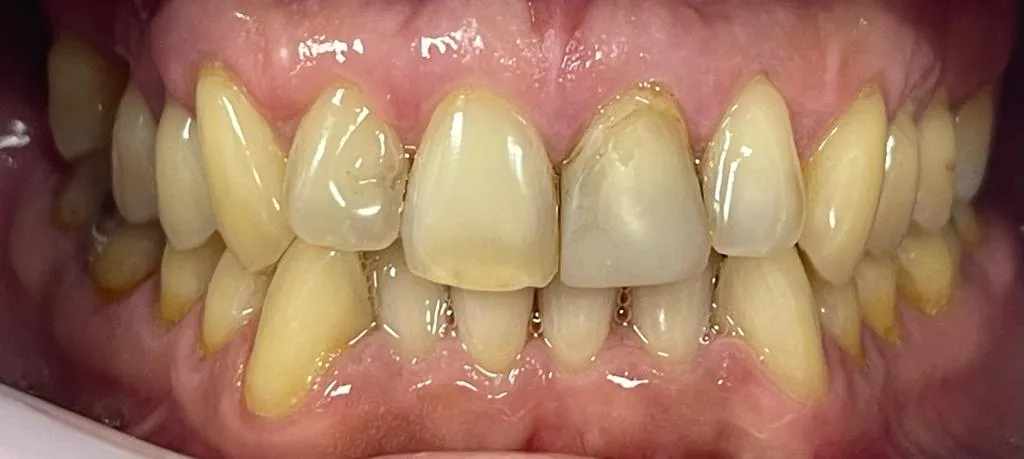
Zoom whitening works by using a bleaching agent, typically hydrogen peroxide, applied to the teeth. The dentist activates the bleaching agent with a special light, which accelerates the whitening process. The process is designed to remove stains and discoloration from the enamel. However, several things can go wrong, leading to undesirable results. This includes uneven application of the whitening agent, which can lead to blotchiness. The quality of the results depends on several factors, including the patient’s initial tooth condition and the expertise of the dentist performing the procedure.
Fact 2 Potential Risks and Side Effects
Besides blotchiness, Zoom whitening carries other potential risks and side effects. These may include increased tooth sensitivity, gum irritation, and, in rare cases, damage to the tooth enamel. The severity of these effects varies from person to person and depends on factors such as the strength of the whitening agent and the duration of the treatment. Before undergoing Zoom whitening, patients should discuss the potential risks with their dentist to make informed decisions. Dentists often use protective measures, like isolating the gums and monitoring sensitivity, to minimize adverse effects.
Fact 3 How Common Is Blotching?
Blotchy teeth are a relatively common issue after Zoom whitening, with incidence rates varying. The frequency depends on multiple factors, including the dentist’s skill, the patient’s dental health, and the specific whitening method used. While not every patient experiences this issue, a significant number may notice some form of unevenness. Understanding how common it is can help you set realistic expectations and prompt you to take preventive measures. Proper preparation and skilled execution are crucial in reducing the likelihood of blotchiness and ensuring a more uniform and satisfactory outcome.
Fact 4 The Role of Dentist Expertise

The expertise of the dentist is a key factor in the success of Zoom whitening. An experienced dentist understands how to apply the whitening agent evenly, minimize side effects, and manage potential issues like blotchiness. Choosing a dentist with a strong track record and positive patient reviews can significantly improve your chances of a successful outcome. During the consultation, a skilled dentist will assess your dental health and discuss the procedure’s details, setting realistic expectations. They can also provide valuable advice on aftercare to maintain the results and address any concerns that may arise during the procedure.
Fact 5 Long-Term Effects and Solutions
The long-term effects of Zoom whitening, including the appearance of blotchy teeth, can vary. In some cases, blotchiness is temporary and fades over time. In other cases, the uneven appearance may persist. Several solutions are available to address this, ranging from touch-up treatments to more comprehensive cosmetic procedures. For persistent blotchiness, your dentist might recommend additional whitening sessions, microabrasion to smooth the tooth surface, or even cosmetic bonding or veneers to create a uniform appearance. Regular dental checkups and adherence to good oral hygiene practices are essential to maintain the results of the whitening treatment and the overall health of your teeth.
Remedies and Solutions for Blotchy Teeth
Professional Treatments
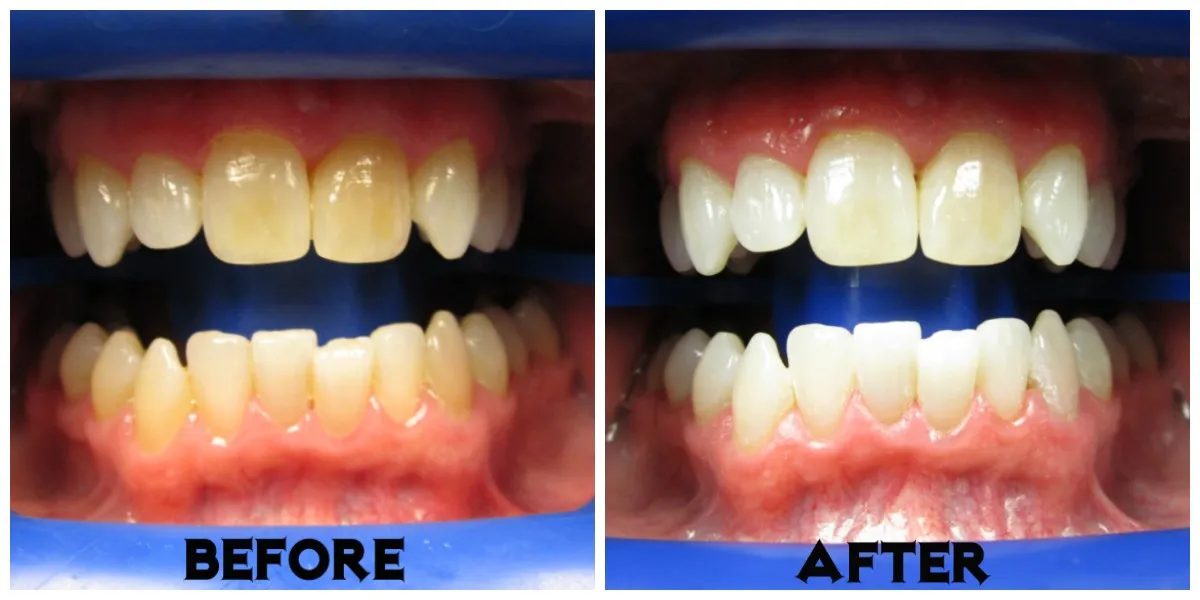
If you experience blotchy teeth after Zoom whitening, several professional treatments are available. Your dentist might recommend a second whitening session with a different approach to achieve more uniform results. Microabrasion, which involves gently removing a thin layer of enamel, can smooth the tooth surface and even out the color. In more severe cases, cosmetic bonding can be used to apply a tooth-colored resin to the affected areas. Veneers, thin shells placed over the teeth, can also provide a permanent solution for severe blotchiness. The best treatment depends on the extent of the blotchiness and the patient’s overall oral health.
At-Home Care and Maintenance
Alongside professional treatments, there are things you can do at home to manage the appearance of blotchy teeth and maintain the results. Use a whitening toothpaste designed for sensitive teeth. Avoid foods and drinks that can stain your teeth, such as coffee, tea, and red wine. Practice good oral hygiene by brushing your teeth at least twice daily and flossing regularly. Consider using a whitening mouthwash to help remove surface stains. Consult your dentist for personalized recommendations on at-home care. Maintaining good oral hygiene and avoiding stain-causing foods will help preserve the results of your whitening treatment.
Preventive Measures
Preventive measures are crucial to avoid blotchy teeth after Zoom whitening. Before the procedure, inform your dentist about any pre-existing dental conditions or sensitivities. Make sure to follow all pre- and post-whitening instructions. Choose a dentist with experience in Zoom whitening to ensure the procedure is performed correctly. Stay hydrated throughout the process, and discuss the procedure with your dentist to set realistic expectations. These measures can significantly reduce the risk of developing blotchy teeth and enhance the likelihood of a successful outcome.
When to Seek Professional Help
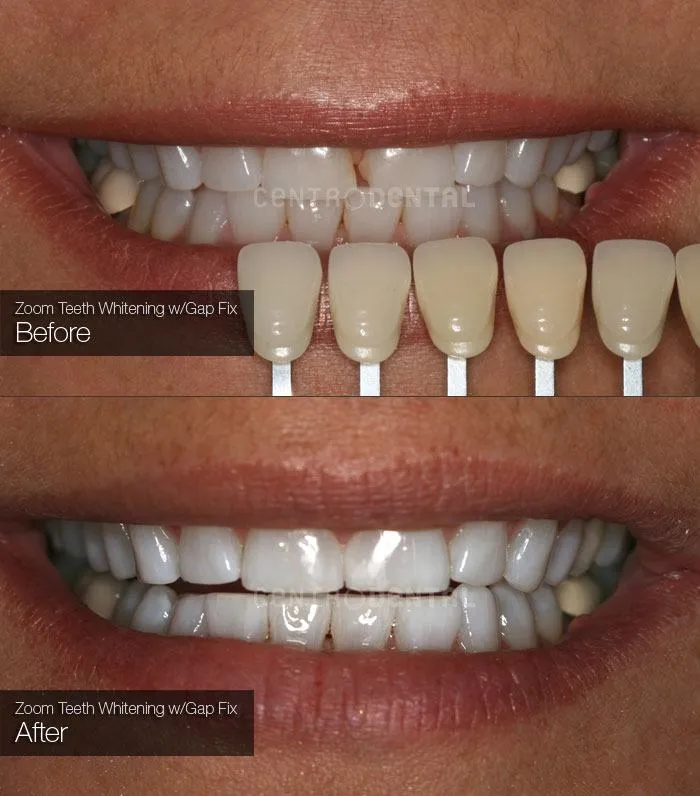
If you notice blotchy teeth after Zoom whitening, it is important to seek professional help promptly. Contact your dentist if the unevenness does not improve after a couple of weeks or if you experience increased sensitivity or other discomfort. Your dentist can assess the situation and recommend appropriate treatment options. Do not attempt to self-treat the issue, as it could potentially worsen the condition. Early intervention and professional guidance are essential to address blotchiness and achieve a satisfactory and healthy smile. Schedule an appointment with your dentist if you have any concerns about the outcome of your Zoom whitening treatment.
